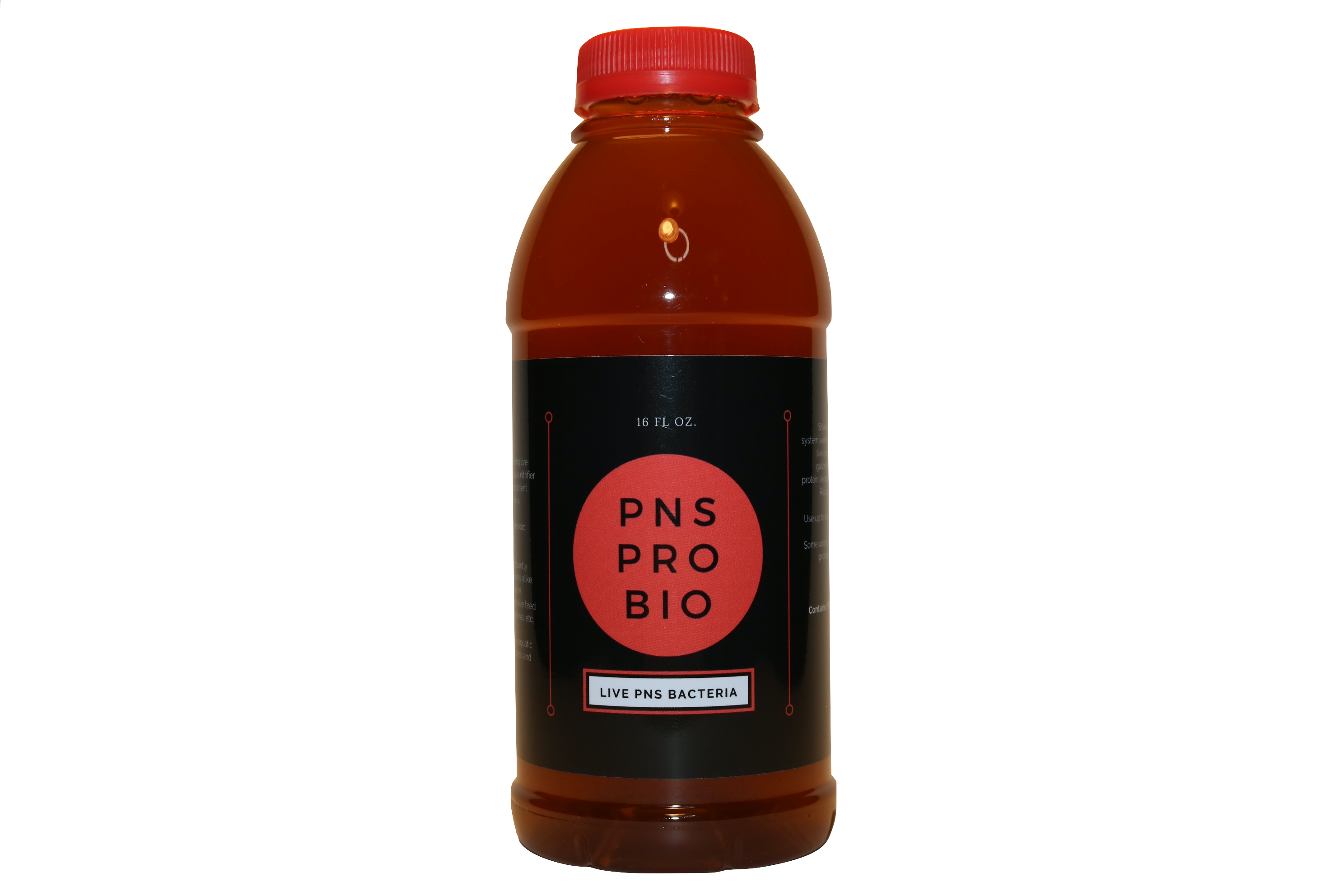I am carbon dosing a mixture of 75% vinegar and 25% vodka. I used 25mL a day in my 260 gallon. Nitrates dropped to 0ppm. I dosed 4ppm and 2 days later nitrates dropped back to 0ppm.
I dosed to 2ppm and reduced dosage to 10mL per day.
I’m trying to grow bacteria on my rocks, glass, sump because I eventually want to try a starfish but I’m not seeing any bacterial growth.
I feel like lowering my dose will just delay the bacterial process, but I cannot keep at my old dose since nitrates are dropping too fast.
Anyone with carbon dosing experience have an idea to get more bacteria on rocks/sand?
I use a mix of dry and ocean rock (KP) and it’s been running for about 6 months.
I dosed to 2ppm and reduced dosage to 10mL per day.
I’m trying to grow bacteria on my rocks, glass, sump because I eventually want to try a starfish but I’m not seeing any bacterial growth.
I feel like lowering my dose will just delay the bacterial process, but I cannot keep at my old dose since nitrates are dropping too fast.
Anyone with carbon dosing experience have an idea to get more bacteria on rocks/sand?
I use a mix of dry and ocean rock (KP) and it’s been running for about 6 months.




















